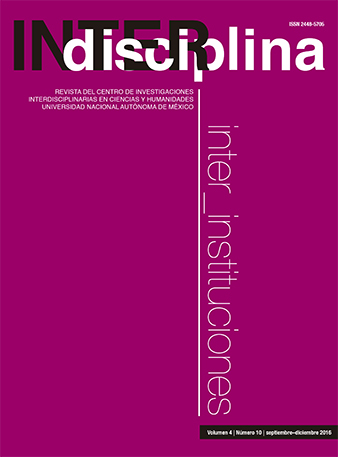Analysis and synthesis of best practices in interdisciplinary social–environmental education in the United States
Main Article Content
Abstract
Social–environmental (SE) issues often are complex and require an interdisciplinary approach for solutions. Currently, scientists and decision-makers trained in graduate programs do not have sufficient training in interdisciplinary tools and methods to achieve effective approaches to SE problems. In this paper, we characterize and analyze two interdisciplinary graduate programs in the western US to detail: i) characteristics of institutions and institutionalization; ii) (inter)disciplinary contributions; iii) past and current SE projects; iv) curriculum with signature methods, courses, ethics; v) thesis/dissertation requirements; vi) faculty and student characteristics, and vii) market for students. A final synthesis includes five lessons learned for a successful interdisciplinary education and research program: 1) effective leadership; 2) an institutional culture of collaboration; 3) resources; 4) institutional support and assistance in development of administrative structure compatible with the institution, and 5) internal and external communication.
Downloads
Article Details
Citas en Dimensions Service

Esta obra está bajo una Licencia Creative Commons Atribución-NoComercial-SinDerivar 4.0 Internacional.

